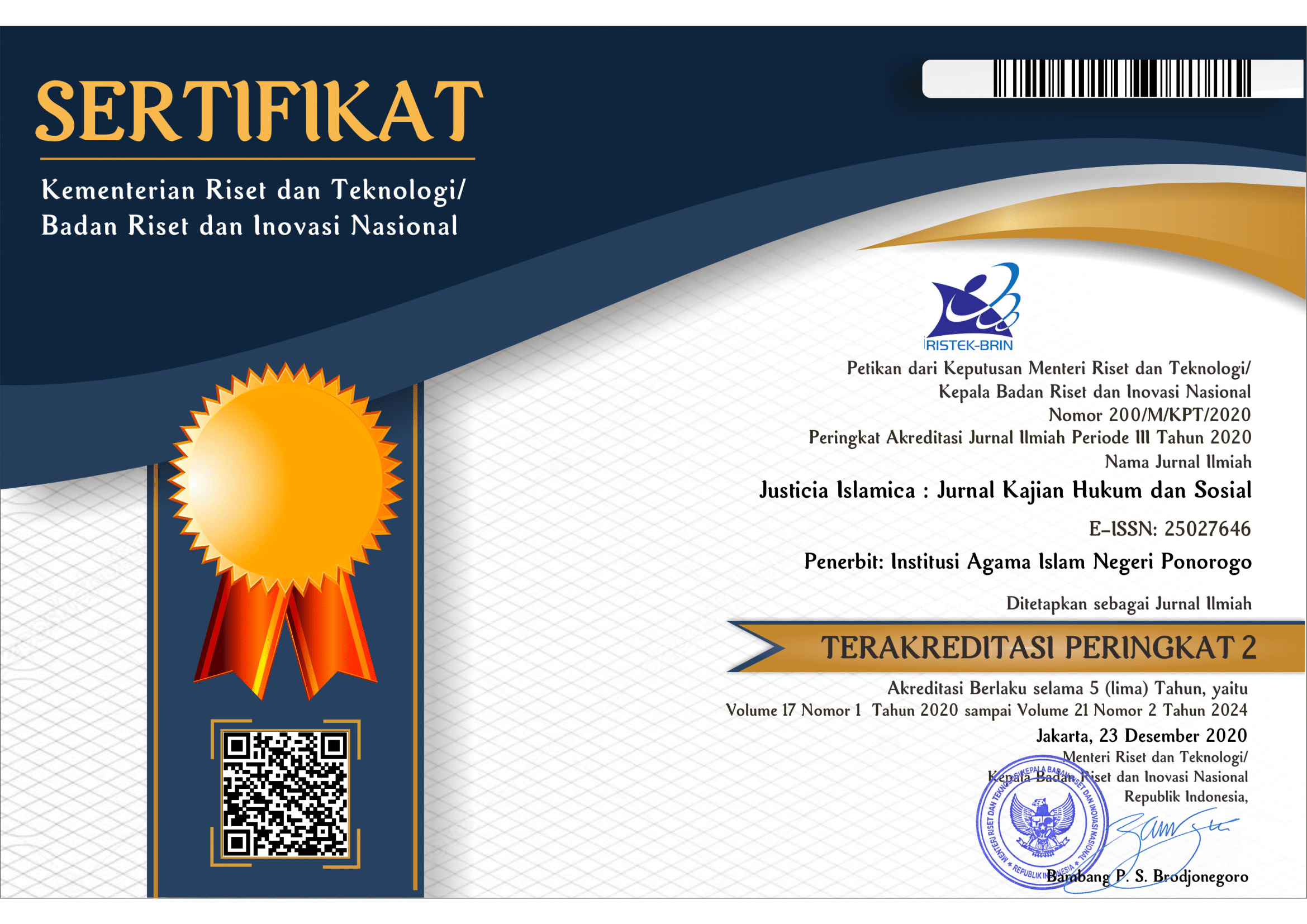Diskursus Interpretasi Linguistik
Ragam Kejelasan dan Kesamaran Makna dalam Ushul Fiqh
Keywords:
ushul fiqh; clarity of meaning; ambiguity of meaning.Abstract
This study aims to analyze the variety of clarity and ambiguity of meaning in ushul fiqh through a linguistic interpretation approach. The main focus of this study is how linguistic concepts influence the understanding of Islamic legal texts and how variations in meaning can have an impact on the formulation of law. The method used in this study is library research with a descriptive-analytical approach. The main sources of this research are classical and contemporary ushul fiqh literature that discuss linguistic aspects in legal interpretation. The results of the study show that the clarity and ambiguity of meaning in Islamic legal texts are caused by lexical, syntactic, and pragmatic context factors. Proper understanding of the linguistic aspects in ushul fiqh can reduce misunderstandings and provide flexibility in legal ijtihad. This study contributes to the discourse of Islamic legal interpretation by highlighting the importance of a linguistic approach in understanding sharia texts.
References
-
Downloads
Published
Issue
Section
License

This work is licensed under a Creative Commons Attribution-ShareAlike 4.0 International License.
Requirements to be met by the author as follows:
- Author storing copyright and grant the journal right of first publication manuscripts simultaneously with licensed under the CC BY-SA allows others to share the work with a statement of the work's authorship and initial publication in this journal.
Authors can enter into the preparation of additional contractual separately for the non-exclusive distribution of a decadent version of the journal issue (e.g., post it to an institutional repository or publish it in a book), with the recognition of initial publication in this journal.
Authors are allowed and encouraged to post their work online (e.g., in institutional repositories or on their website) before and during the submission process because it can lead to productive exchanges and citations earlier and more severe than published works. (see The Effect of Open Access).
This work is licensed under CC BY-SA.


















